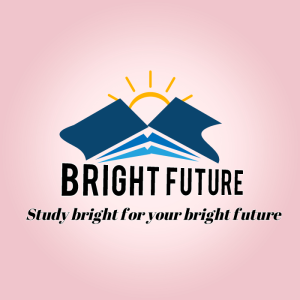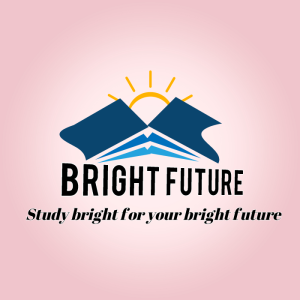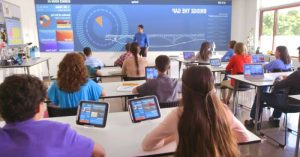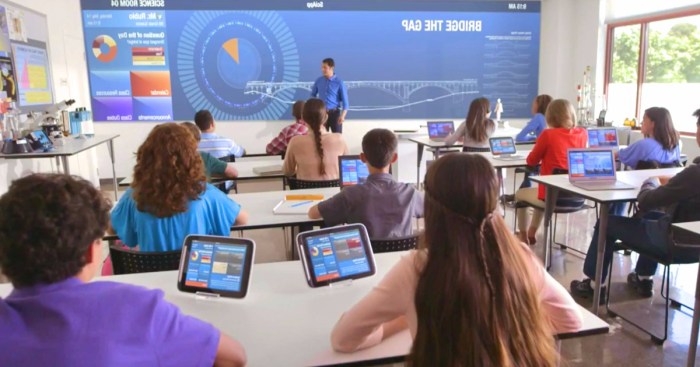
Exploring the impact of Bright Future Classes on student grades, this introduction delves into how these classes can positively influence academic performance and lead to improved outcomes for students. From discussing the design and objectives of Bright Future Classes to sharing success stories of students who have benefited, this overview sets the stage for a deeper understanding of the topic.
Bright Future Classes
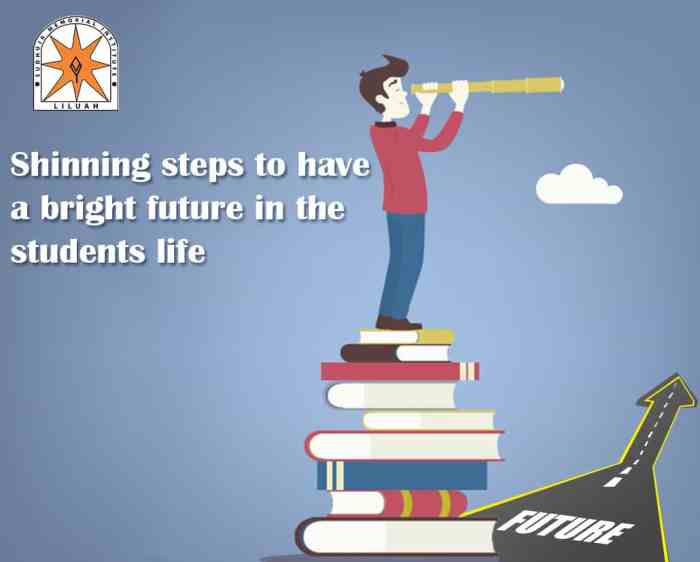
Bright Future Classes aim to provide students with additional support and resources to improve their academic performance and overall learning experience. These classes are designed to supplement regular coursework and address specific areas where students may need extra help or guidance.
Subjects Covered
- Mathematics: Bright Future Classes offer specialized tutoring in various math topics such as algebra, geometry, calculus, and statistics. Students can receive personalized attention to strengthen their problem-solving skills and understanding of mathematical concepts.
- Science: Students can explore subjects like biology, chemistry, and physics in depth through hands-on experiments and interactive lessons. Bright Future Classes help students develop critical thinking and analytical skills necessary for success in science-related fields.
- Language Arts: These classes focus on improving students’ reading comprehension, writing, and communication skills. Students engage in literary analysis, creative writing exercises, and grammar lessons to enhance their overall language proficiency.
Impact of Bright Future Classes on Student Grades

Attending Bright Future Classes can have a positive influence on student grades by providing additional support, guidance, and resources to help students excel in their academic endeavors.
Correlation between Attending Bright Future Classes and Academic Performance
Students who regularly attend Bright Future Classes often experience an improvement in their academic performance due to the focused and structured learning environment provided by the classes. The personalized attention and tailored learning plans offered by the instructors contribute to a better understanding of the subject matter and help students achieve higher grades.
Success Stories and Testimonials
- One student, Sarah, shared how attending Bright Future Classes helped her boost her grades in math from a C to an A within a few months. The additional practice sessions and individualized feedback she received were instrumental in her success.
- Another student, John, mentioned how attending Bright Future Classes for English literature helped him develop better writing skills and critical analysis, leading to a significant improvement in his grades and overall academic performance.
- Many students have credited Bright Future Classes for their academic achievements, citing the dedicated instructors, comprehensive study materials, and supportive learning environment as key factors in their success.
Teaching Methods in Bright Future Classes
In Bright Future Classes, a variety of teaching methods are employed to enhance student learning and engagement. These methods go beyond traditional approaches to ensure that students not only understand the course material but also retain it effectively.
Interactive Learning Activities
- Interactive learning activities, such as group discussions and hands-on experiments, are frequently used in Bright Future Classes to encourage active participation among students.
- These activities help students apply theoretical knowledge to real-world scenarios, leading to a deeper understanding of the subject matter.
- By engaging in interactive activities, students are more likely to remember and recall information, as they are actively involved in the learning process.
Use of Technology
- Bright Future Classes leverage technology to supplement traditional teaching methods, incorporating multimedia presentations, online resources, and educational apps into the curriculum.
- By integrating technology into the learning process, students have access to a wide range of resources that cater to different learning styles and preferences.
- Technology also allows for personalized learning experiences, enabling students to progress at their own pace and receive immediate feedback on their performance.
Project-Based Learning
- Project-based learning is a key component of Bright Future Classes, where students work on long-term projects that require critical thinking, problem-solving, and collaboration.
- Through project-based learning, students can apply their knowledge in practical situations, fostering a deeper understanding of the subject matter.
- This approach also helps students develop essential skills such as communication, creativity, and time management, preparing them for future academic and professional endeavors.
Role of Teachers in Bright Future Classes
Teachers play a crucial role in fostering a positive learning environment in Bright Future Classes. They are not just educators but also mentors who guide and motivate students towards academic success. The teacher-student interactions in Bright Future Classes have a significant impact on student engagement and performance.
Teacher’s Influence on Student Success
Teachers in Bright Future Classes act as role models for students, providing them with the necessary support and encouragement to excel academically. By creating a nurturing and inclusive classroom environment, teachers help students feel valued and motivated to learn. Their guidance and mentorship play a key role in shaping students’ attitudes towards education and their overall academic performance.
Effective Communication and Feedback
Effective communication between teachers and students is essential in Bright Future Classes. Teachers not only impart knowledge but also actively listen to students’ concerns and provide constructive feedback. By fostering open and transparent communication, teachers build trust with students, leading to improved learning outcomes. Regular feedback from teachers helps students identify their strengths and weaknesses, enabling them to make necessary improvements in their academic performance.
Personalized Learning Approach
Teachers in Bright Future Classes adopt a personalized approach to teaching, taking into account each student’s unique learning style and abilities. By catering to individual student needs, teachers can better engage students in the learning process and enhance their academic performance. This personalized approach ensures that students receive the support and guidance they need to succeed in their academic endeavors.
In conclusion, the discussion on the impact of Bright Future Classes on student grades highlights the positive correlation between attending these classes and academic success. By fostering interactive learning environments and providing personalized guidance, these classes play a crucial role in enhancing student performance and overall learning outcomes.
Helpful Answers
How do Bright Future Classes differ from traditional teaching methods?
Bright Future Classes focus on interactive teaching approaches that promote better understanding and retention of course material, unlike traditional methods that may rely more on lectures and rote memorization.
Can attending Bright Future Classes guarantee an improvement in student grades?
While attending Bright Future Classes can positively influence academic performance, individual student outcomes may vary based on factors such as engagement, effort, and personal learning styles.
